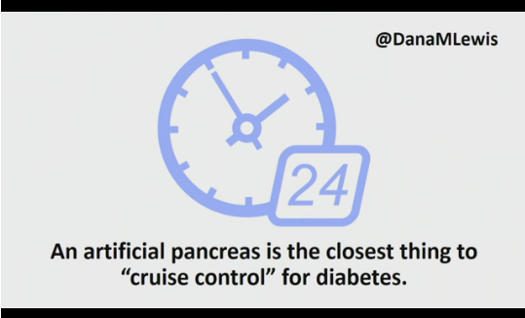Open source is no longer just about the software that sits on your computer. Open methods are being used to develop everything from better automobiles to life altering medical devices.
The Video Screening Room
This inspiring short video from Red Hat, uploaded Monday to YouTube, suggests why open source methods can yield flourishing results.
If you’re an open source enthusiast, make sure you are subscribed to the Red Hat Videos YouTube channel to stay in the loop about future videos they upload. Maybe one of those videos will cover some open source project you’re working on. Also, ask yourself what youngsters do I know who would find this video to be inspiring. Share the link to this video with them and you will have planted a seed that could someday grow into a mighty oak.
For the past 10 years, Phil has been working at a public library in the Washington D.C.-area, helping youth and adults use the 28 public Linux stations the library offers seven days a week. He also writes for MAKE magazine, Opensource.com and TechSoup Libraries. Suggest videos by contacting Phil on Twitter or at pshapiro@his.com.


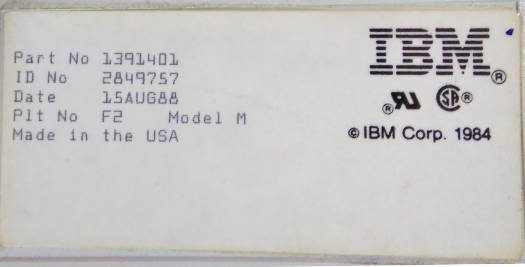
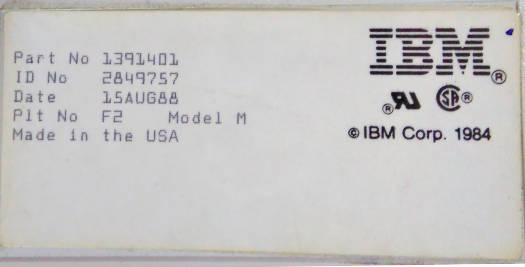


 With nothing but my head peeking around the door, I signaled her to enter and I turned by back quickly as I went into the bedroom to make myself presentable to the general population. I came back out of the bedroom and placed the electronic voice simulator to my throat.
With nothing but my head peeking around the door, I signaled her to enter and I turned by back quickly as I went into the bedroom to make myself presentable to the general population. I came back out of the bedroom and placed the electronic voice simulator to my throat.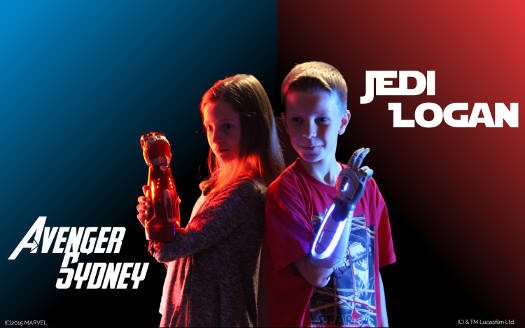
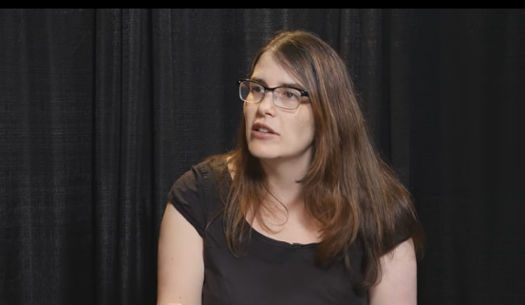


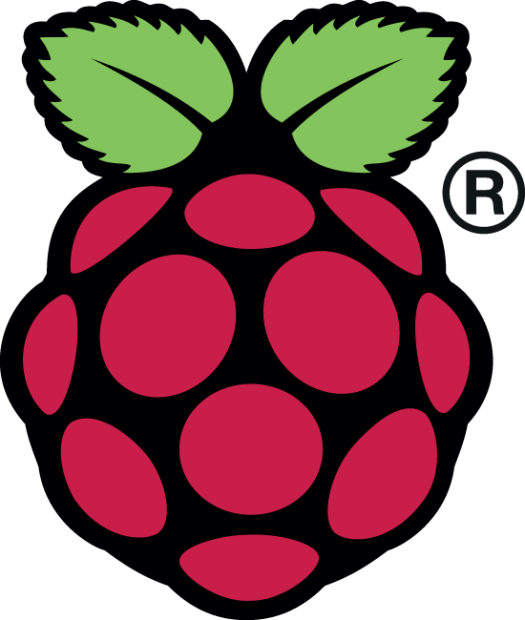
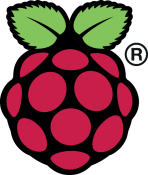 I’m not going to argue that the Raspberry Pi should always be the device of choice for every situation. Sometimes it just doesn’t cut it and using it in a given situation will cause more work than necessary. Whenever I am asked the above question, I usually get the details of what the person is intending to do, and then talk about the pros and cons of the Raspberry Pi for that use. One of the things I always remind the person is that no matter how good Device X might be, you need to consider the community behind the device. In my opinion, a constantly growing supportive community is what the Pi offers over all other devices.
I’m not going to argue that the Raspberry Pi should always be the device of choice for every situation. Sometimes it just doesn’t cut it and using it in a given situation will cause more work than necessary. Whenever I am asked the above question, I usually get the details of what the person is intending to do, and then talk about the pros and cons of the Raspberry Pi for that use. One of the things I always remind the person is that no matter how good Device X might be, you need to consider the community behind the device. In my opinion, a constantly growing supportive community is what the Pi offers over all other devices.